7 Days In Nepal: Gear Breakdown and Images

I am in no way affiliated with any brands mentioned in this post. These are things that have worked for me and may not work for you.
I had the opportunity this year to travel to Nepal photographing missionaries from the church I attend. It was the first time I had gone out of the country and wanted to be as prepared as possible under the weight restraints of international airlines and my budget. I used a Canon 6D kitted with the 24-105 for most of the trip, as well as a 50mm 1.4 and a 17-40 f4. Here are some of the photos and then I will break down the equipment I brought with me and how/why.
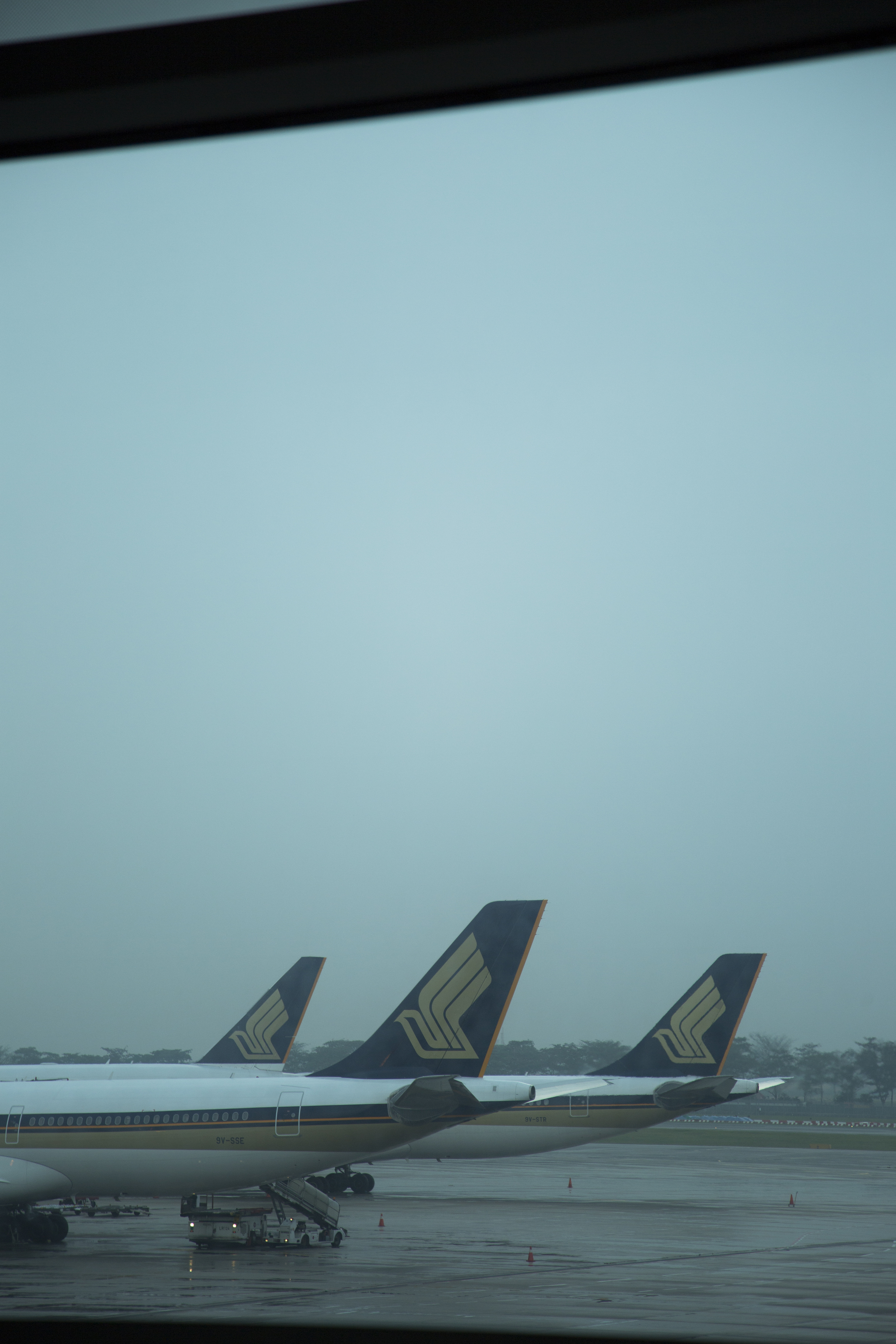
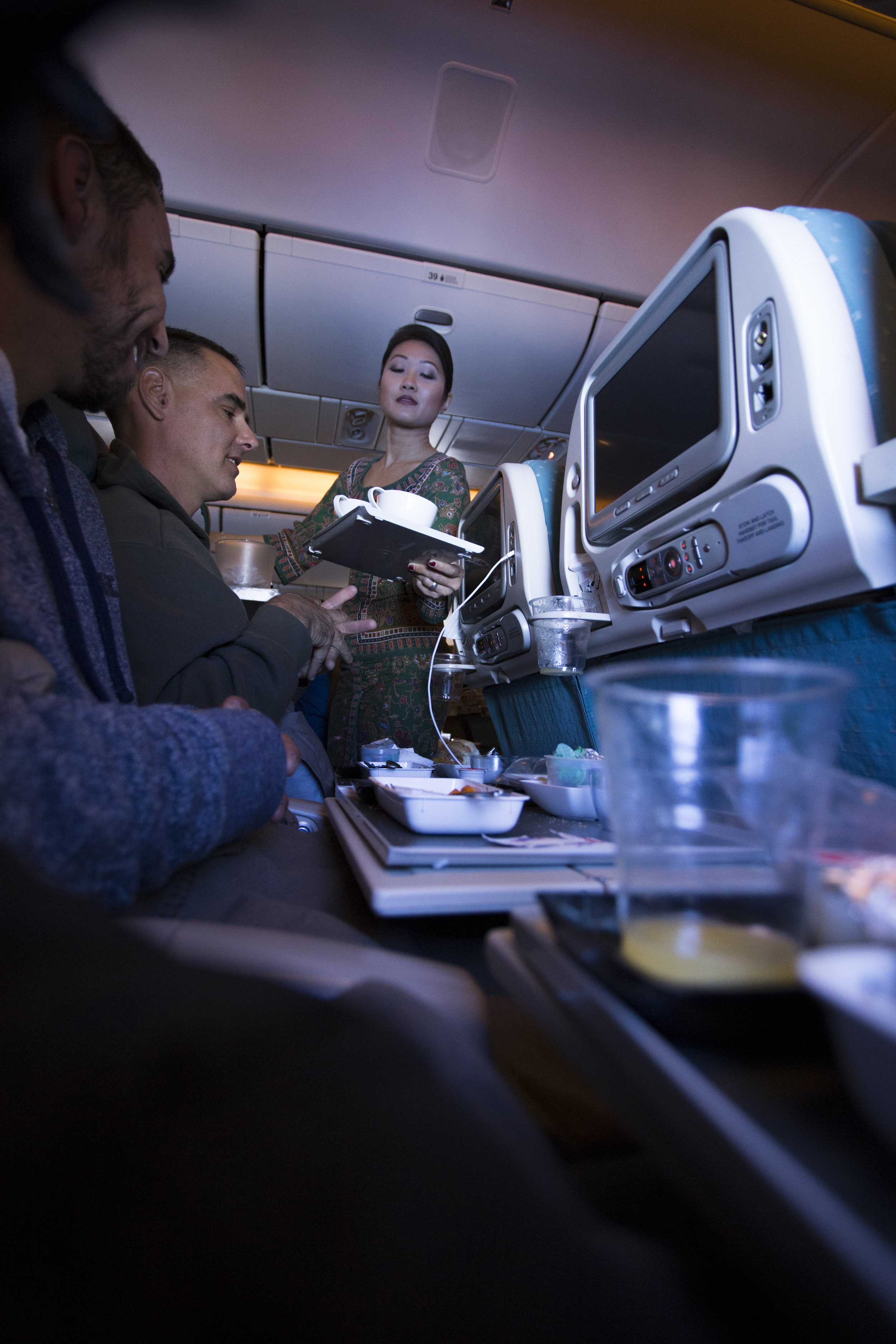
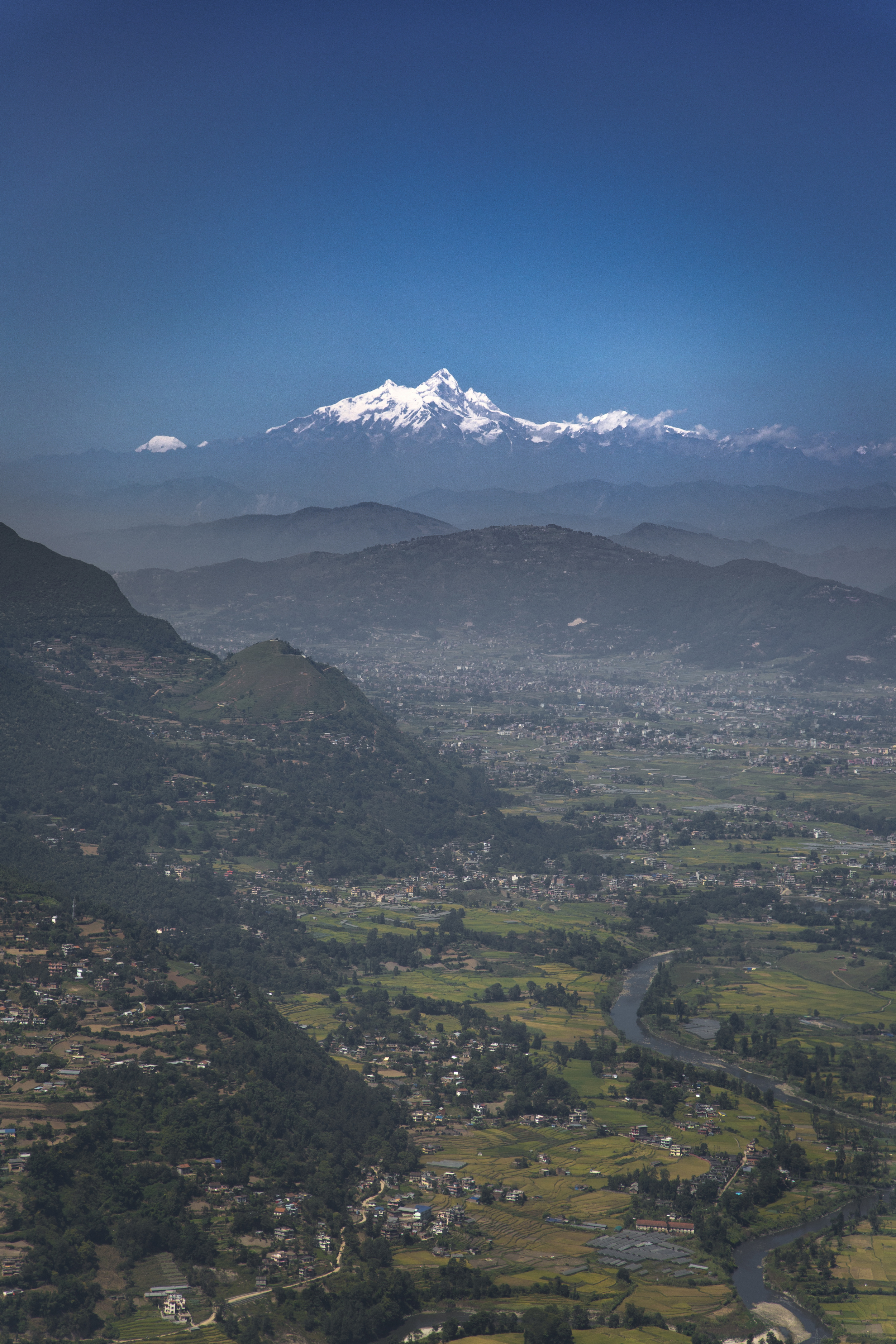

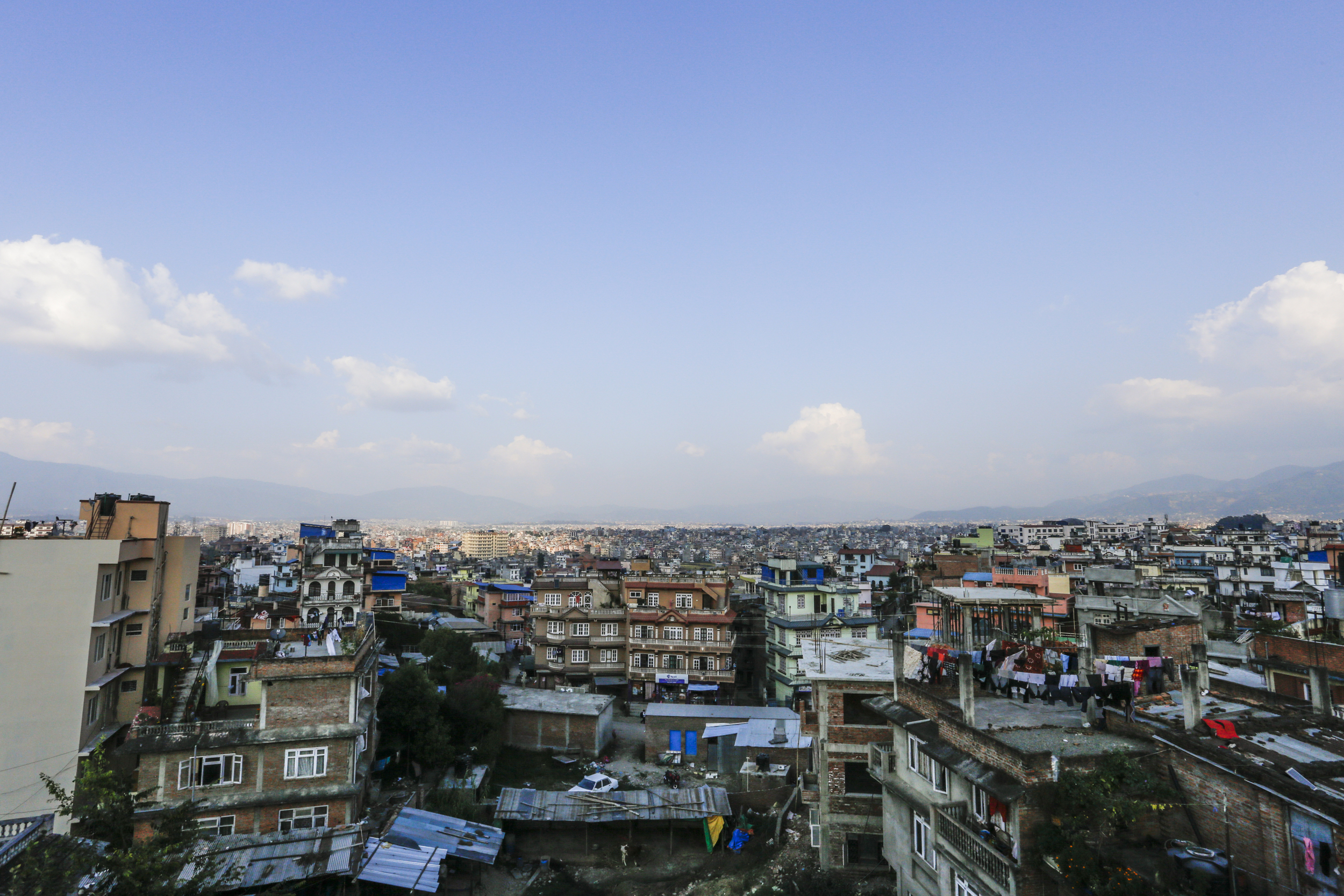
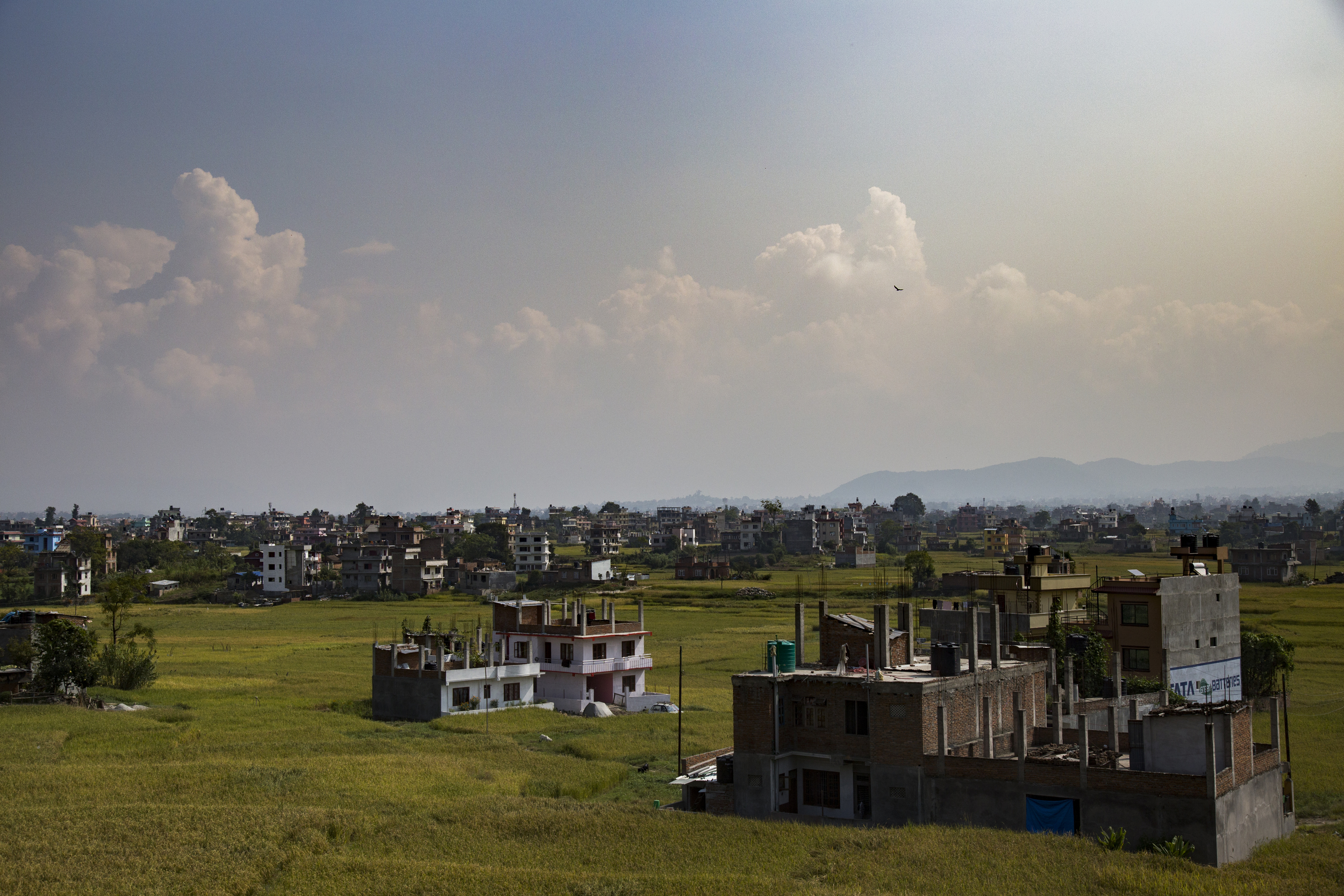
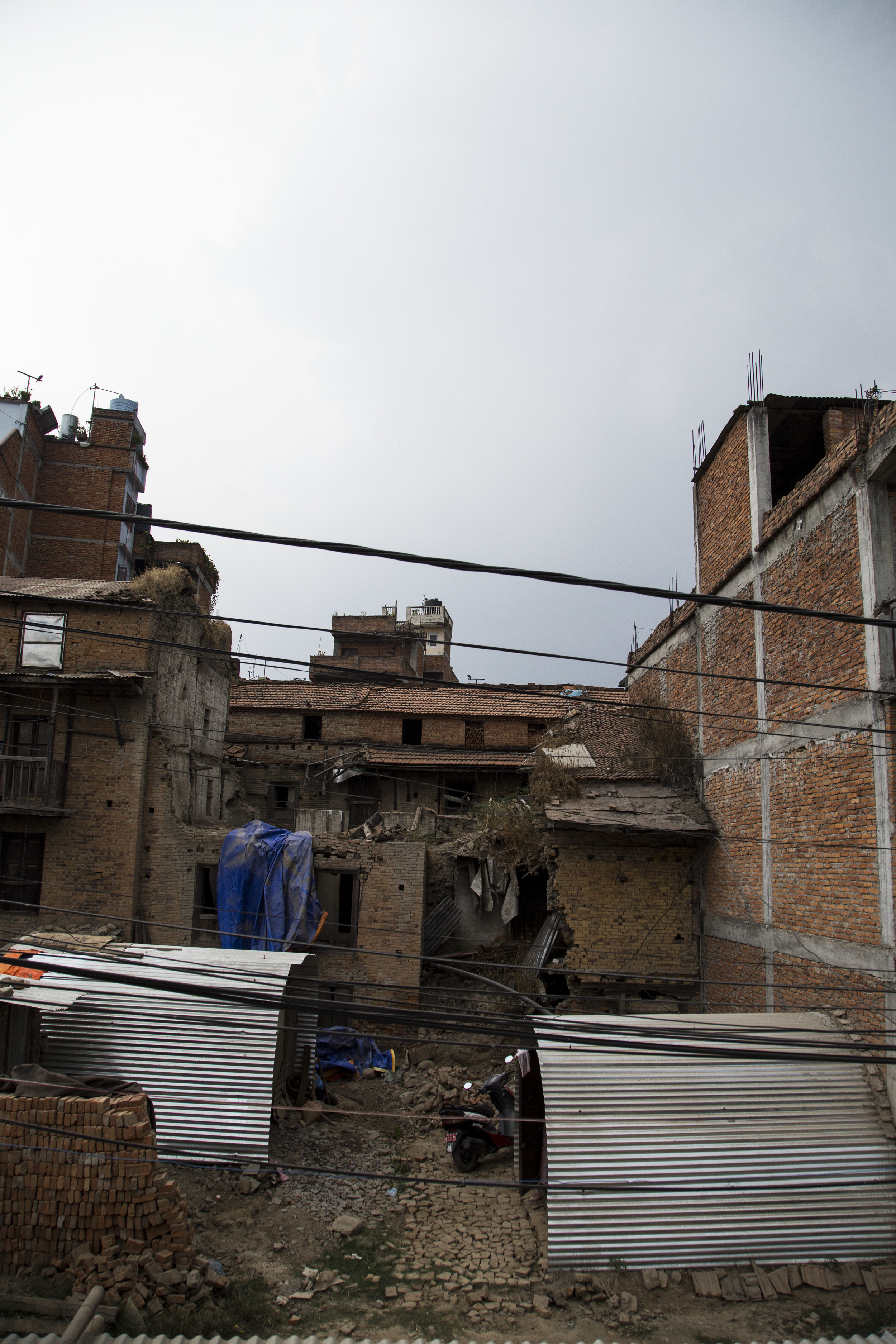
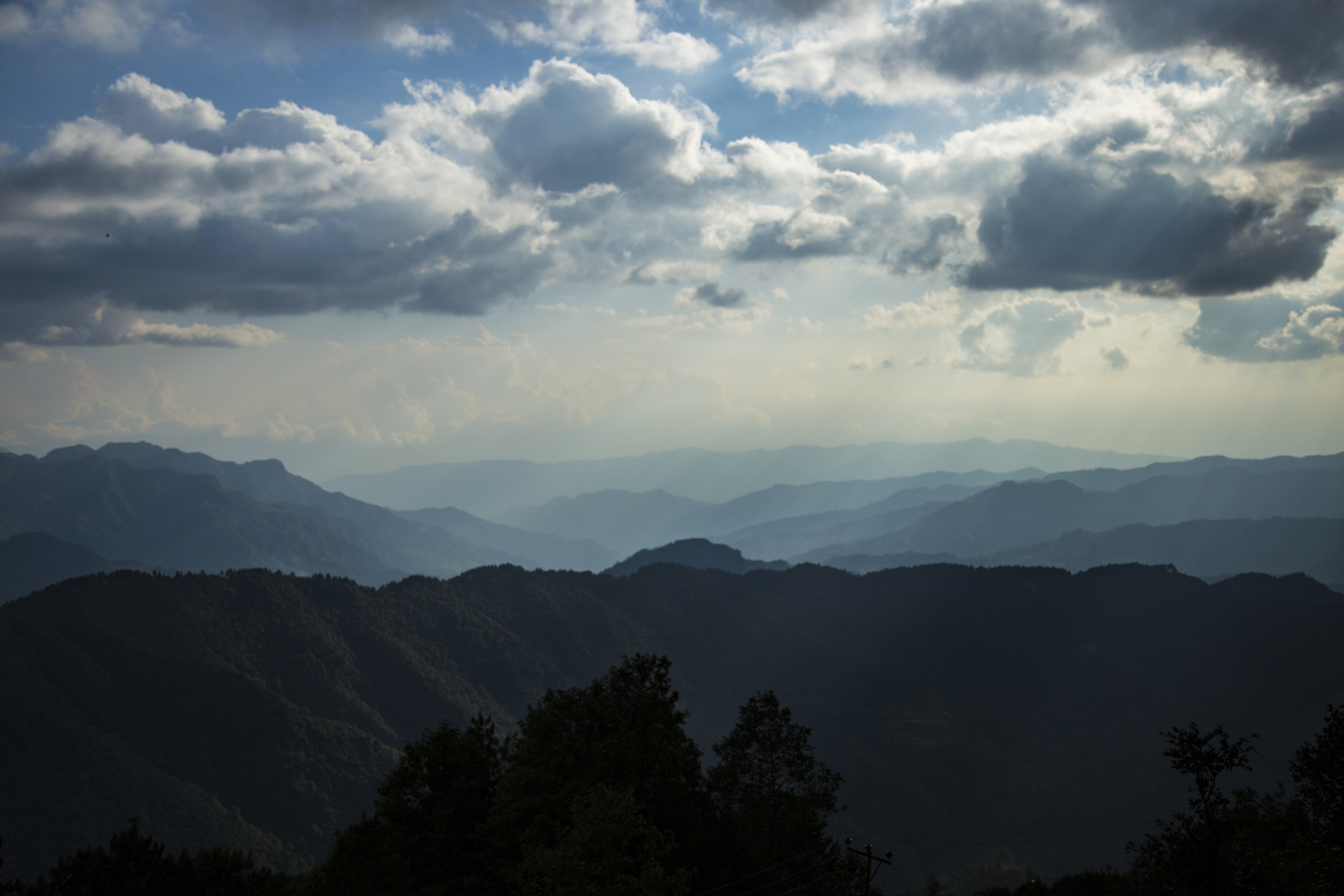


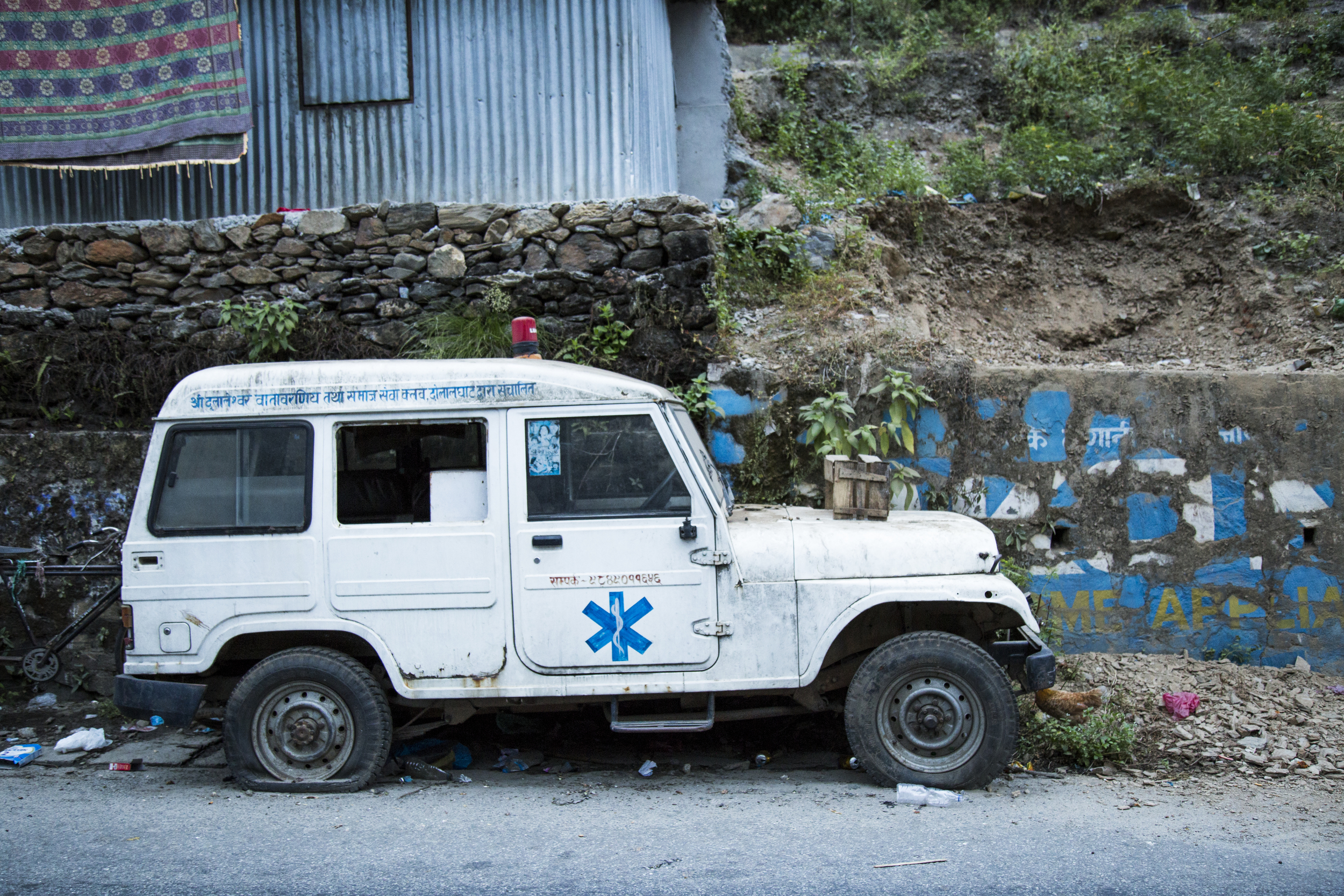
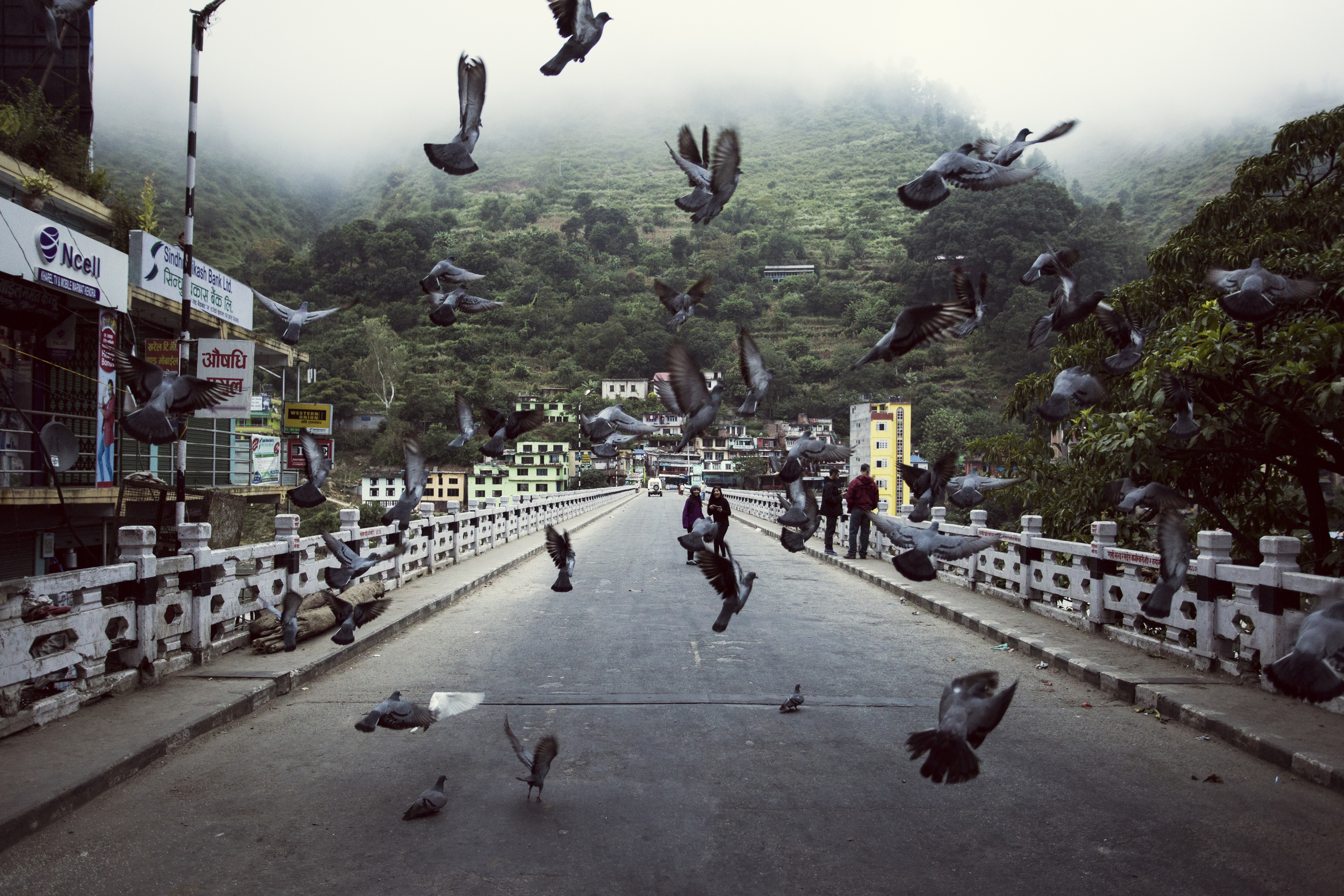
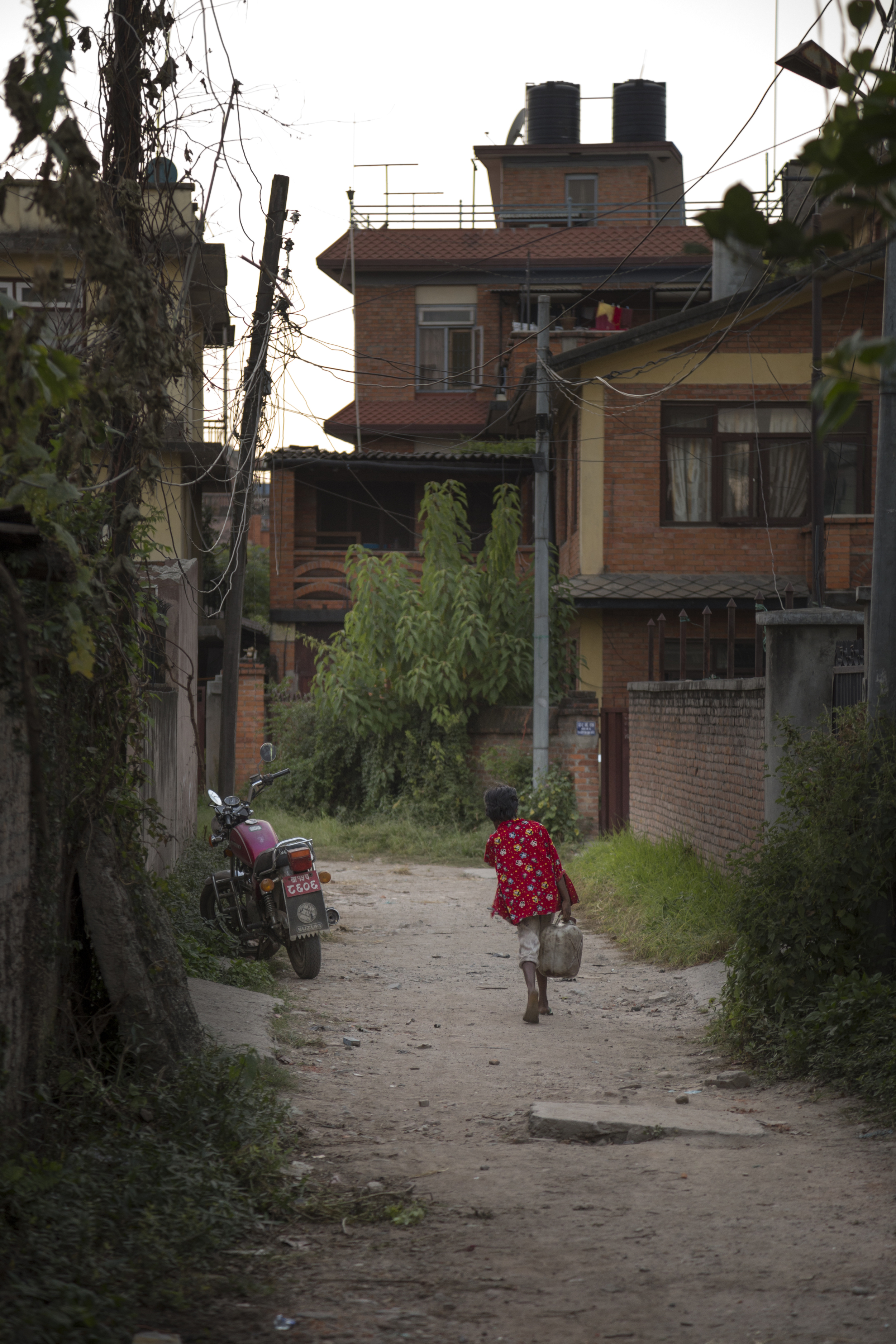
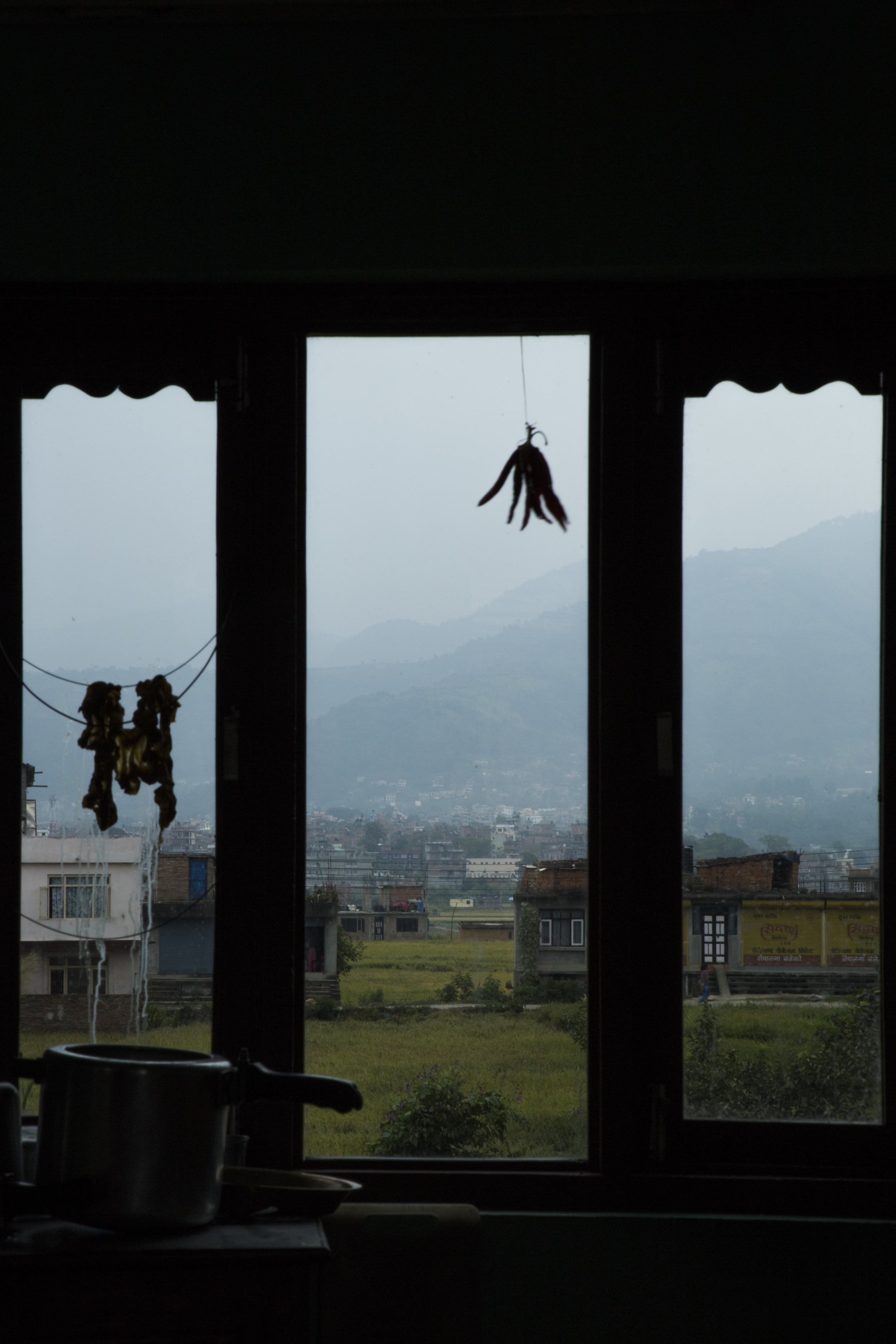
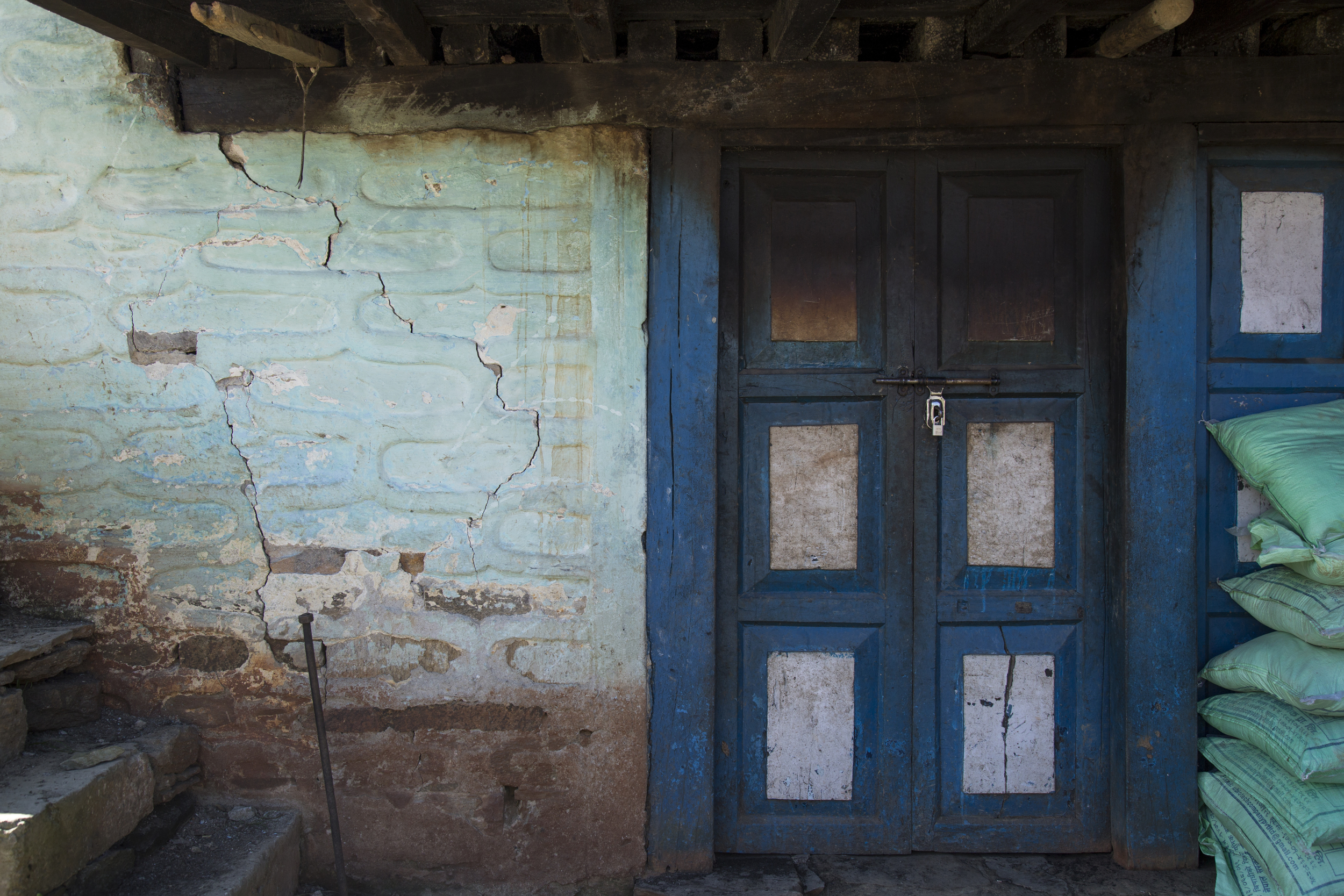
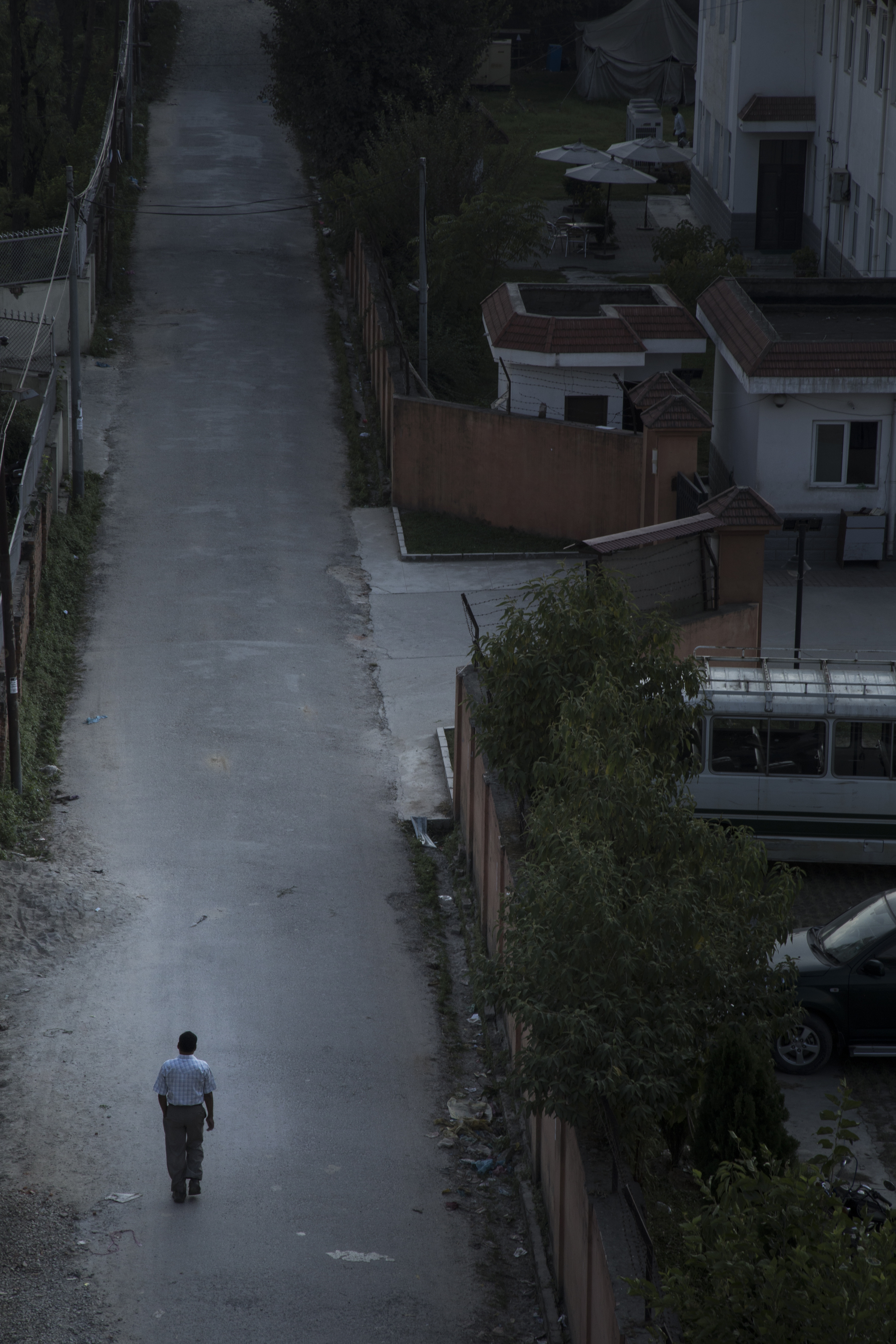
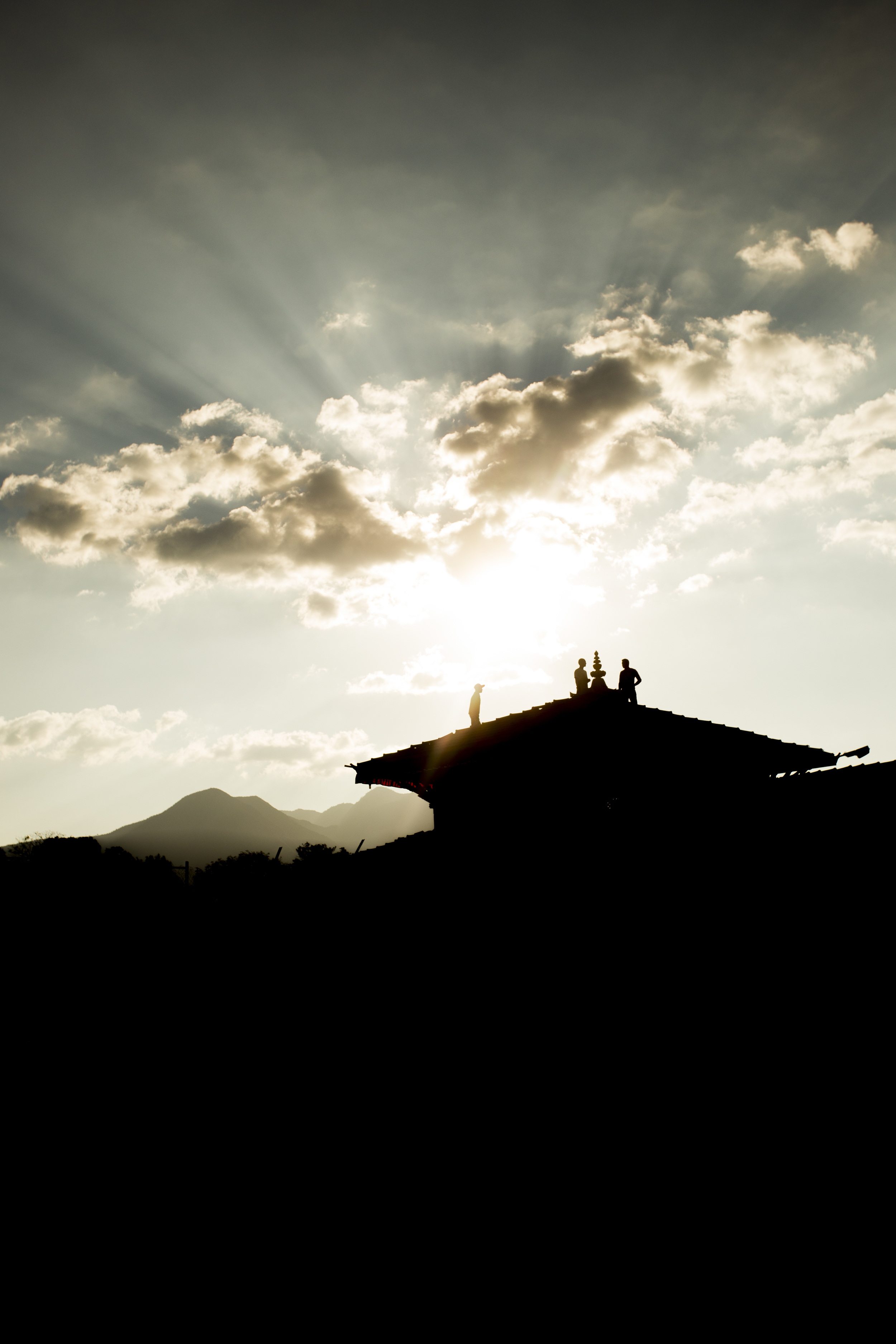
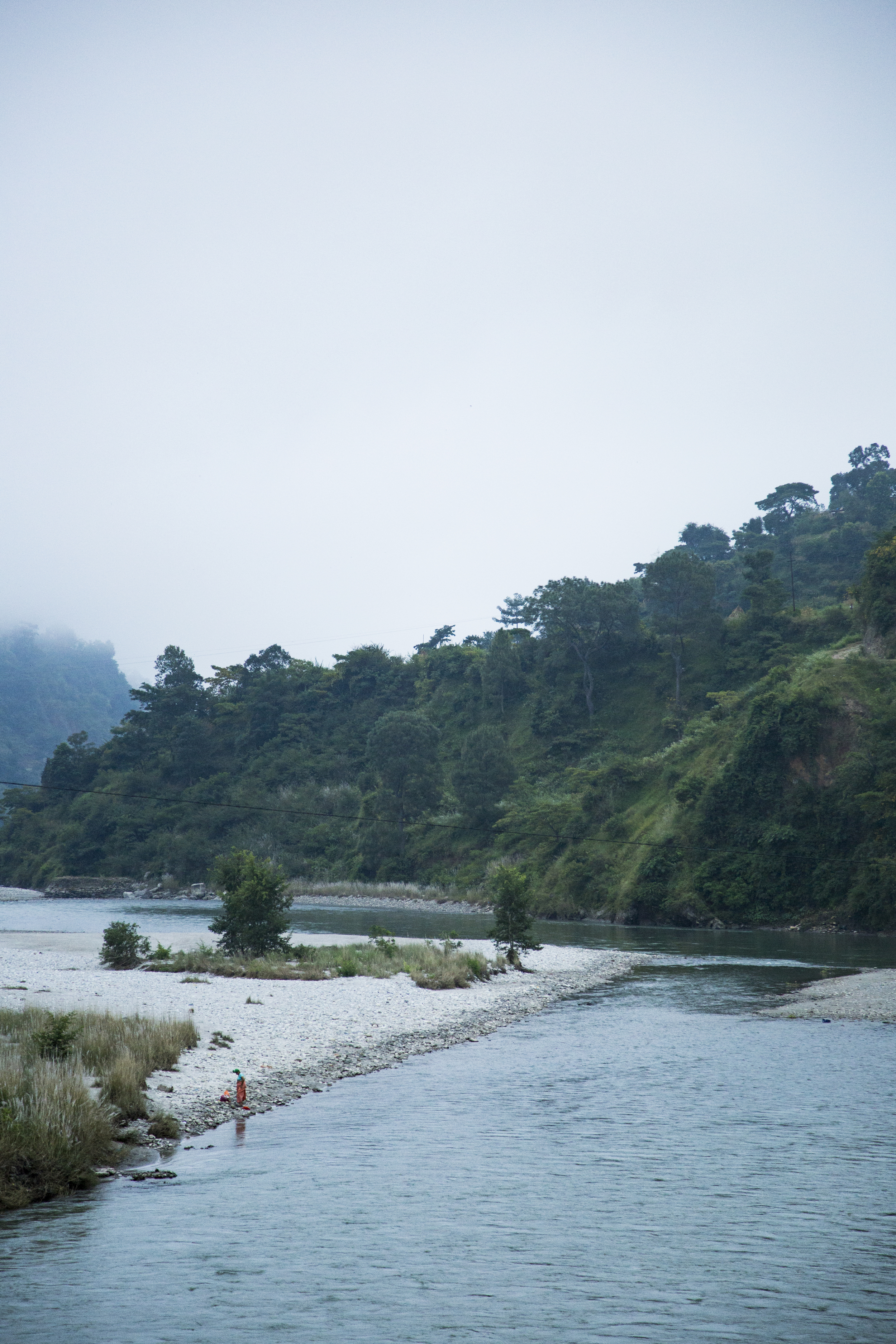
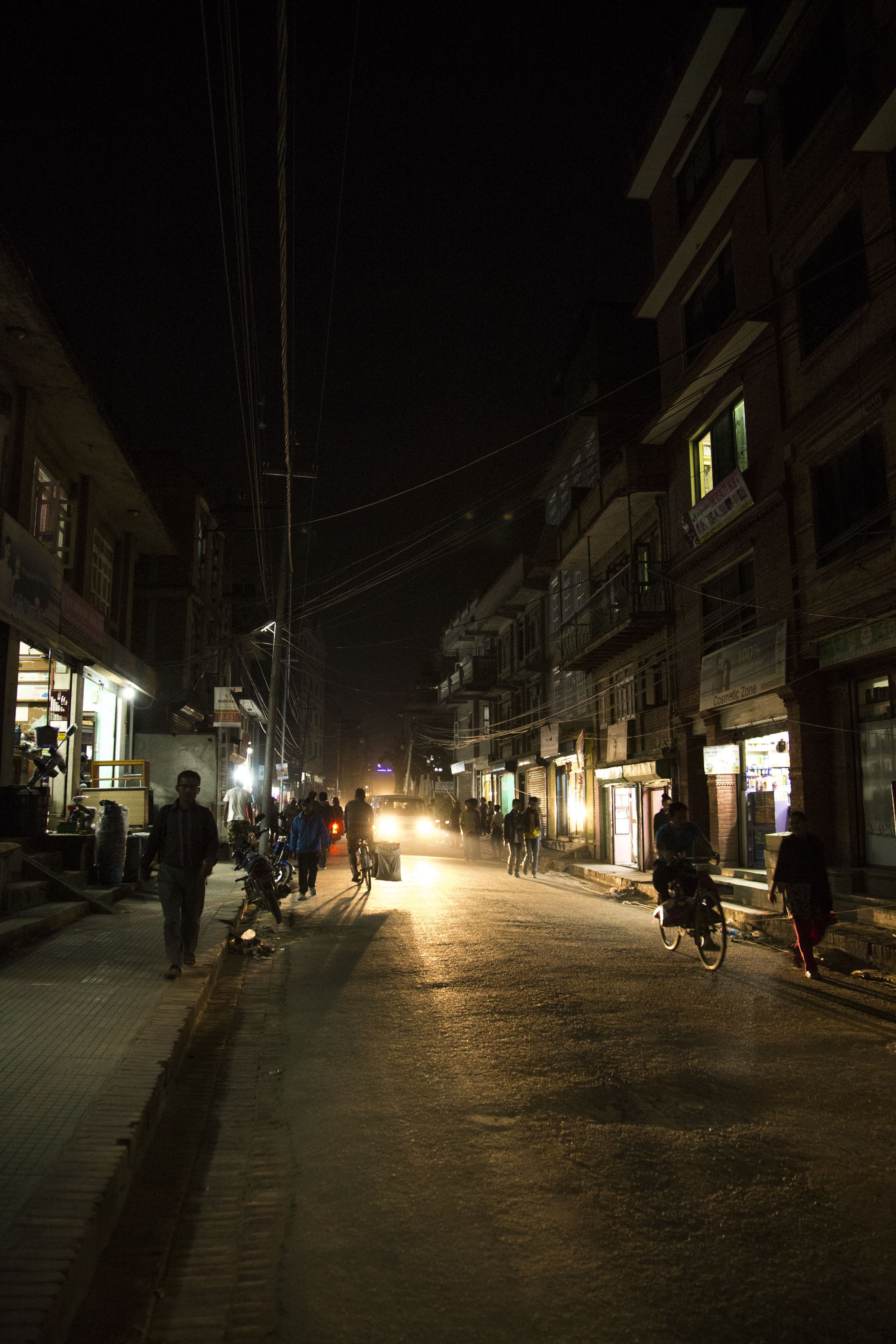
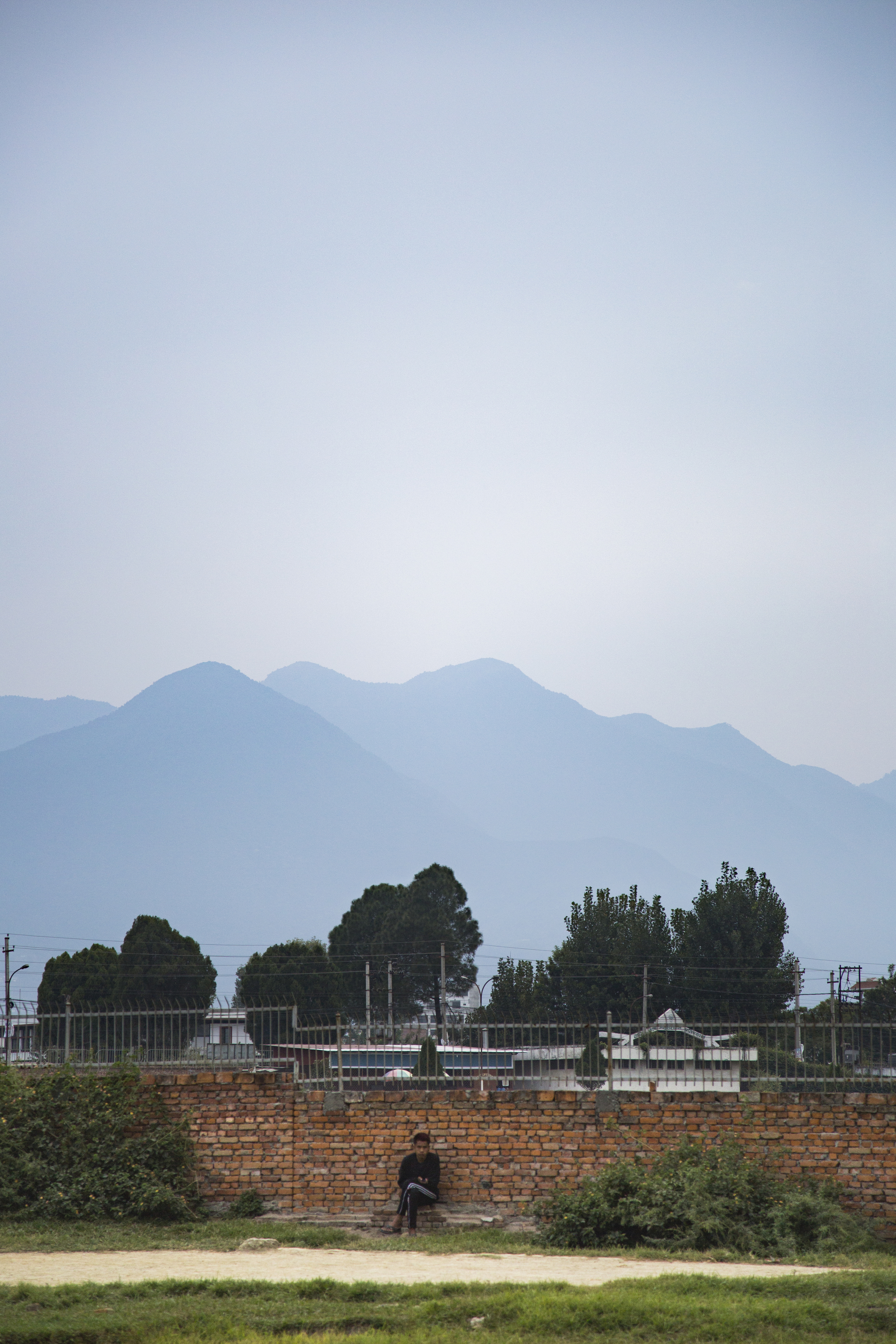
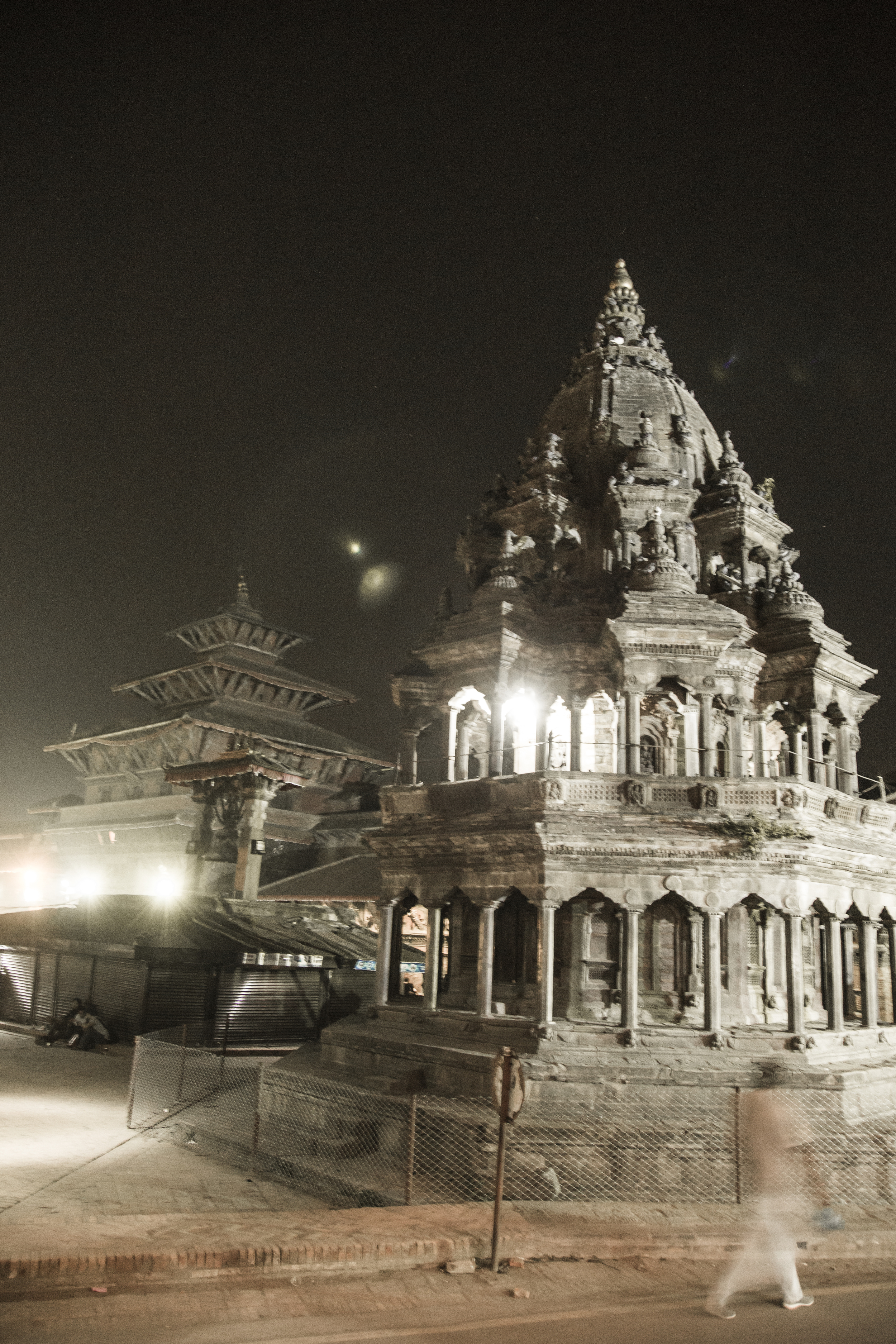
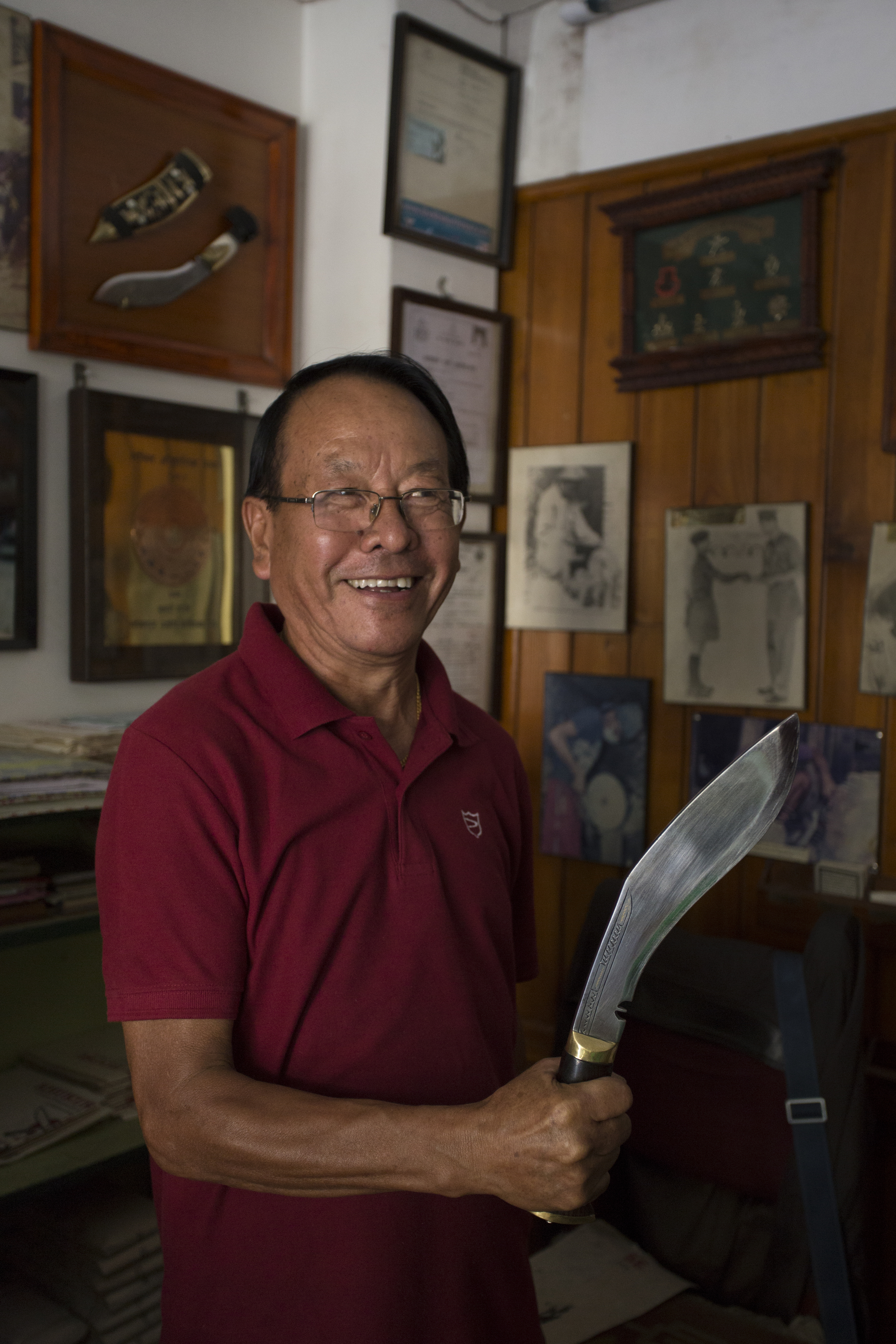
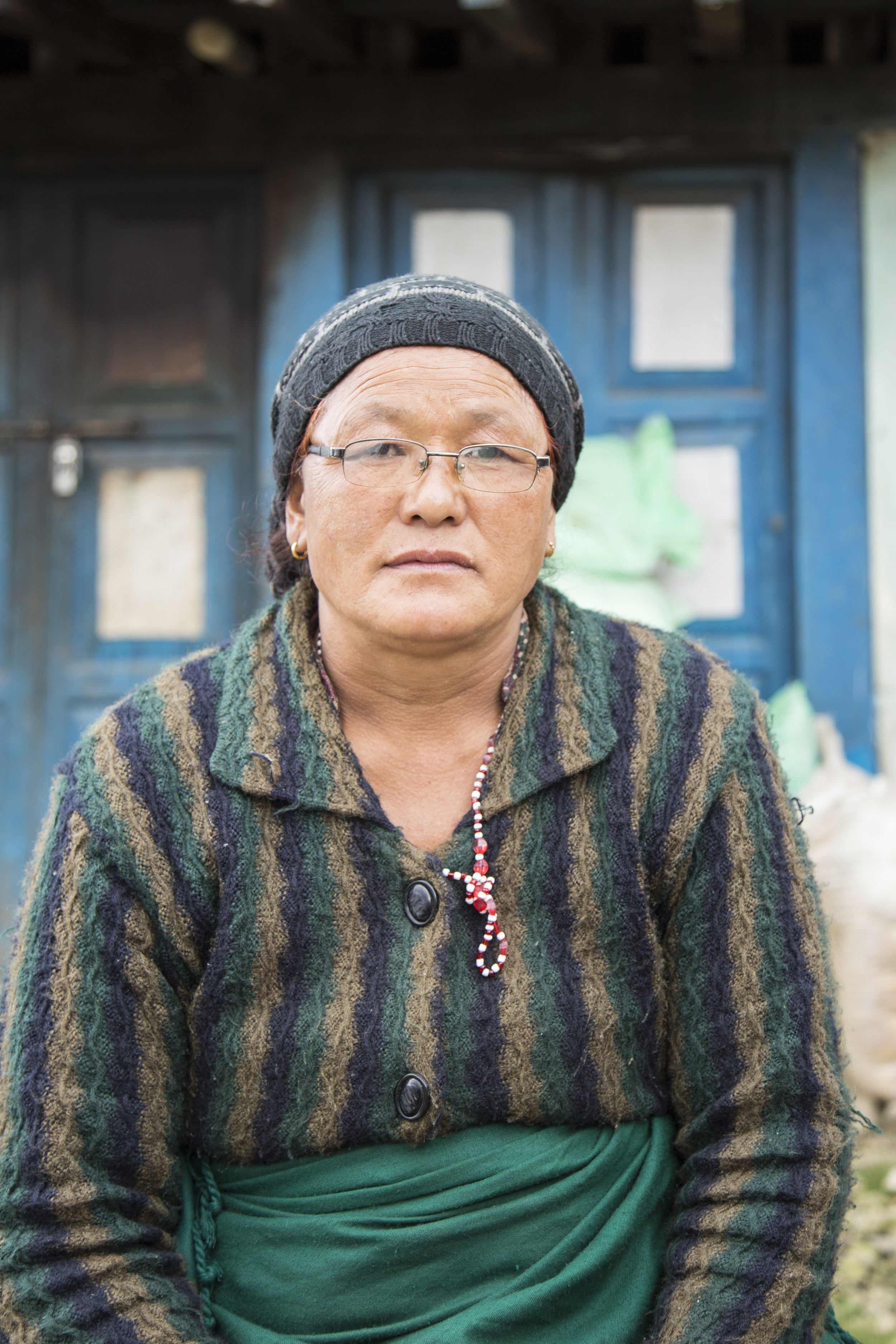
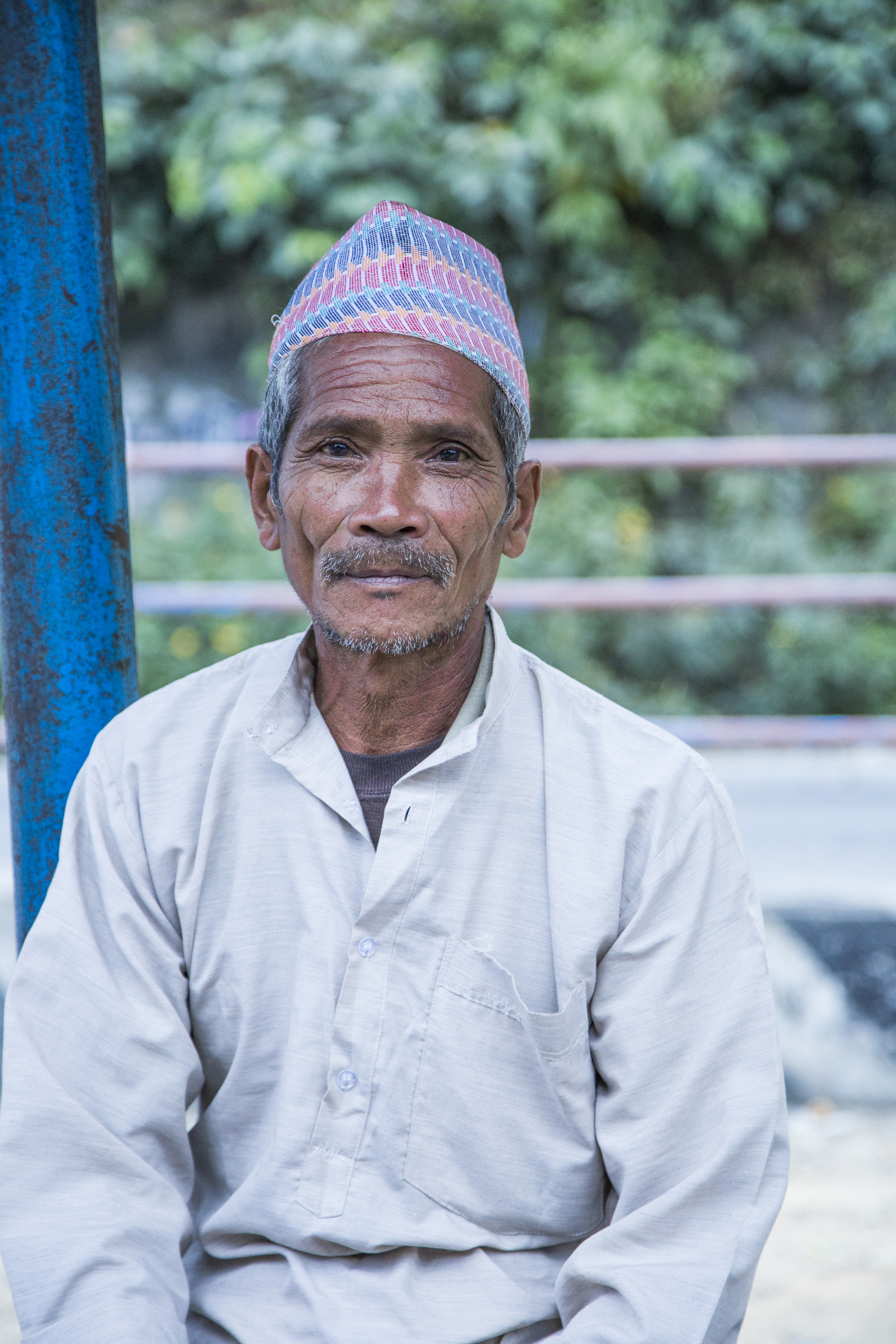
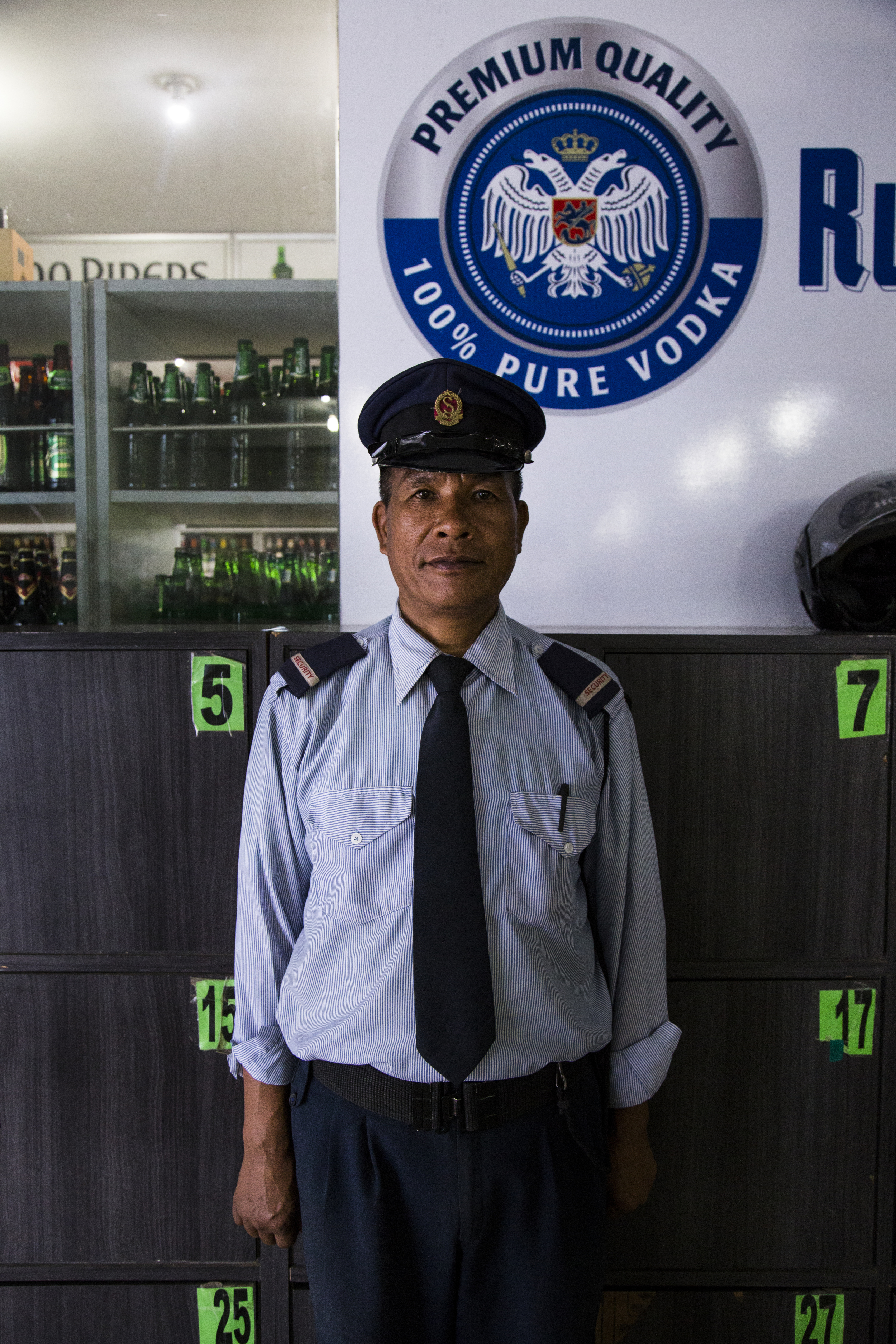
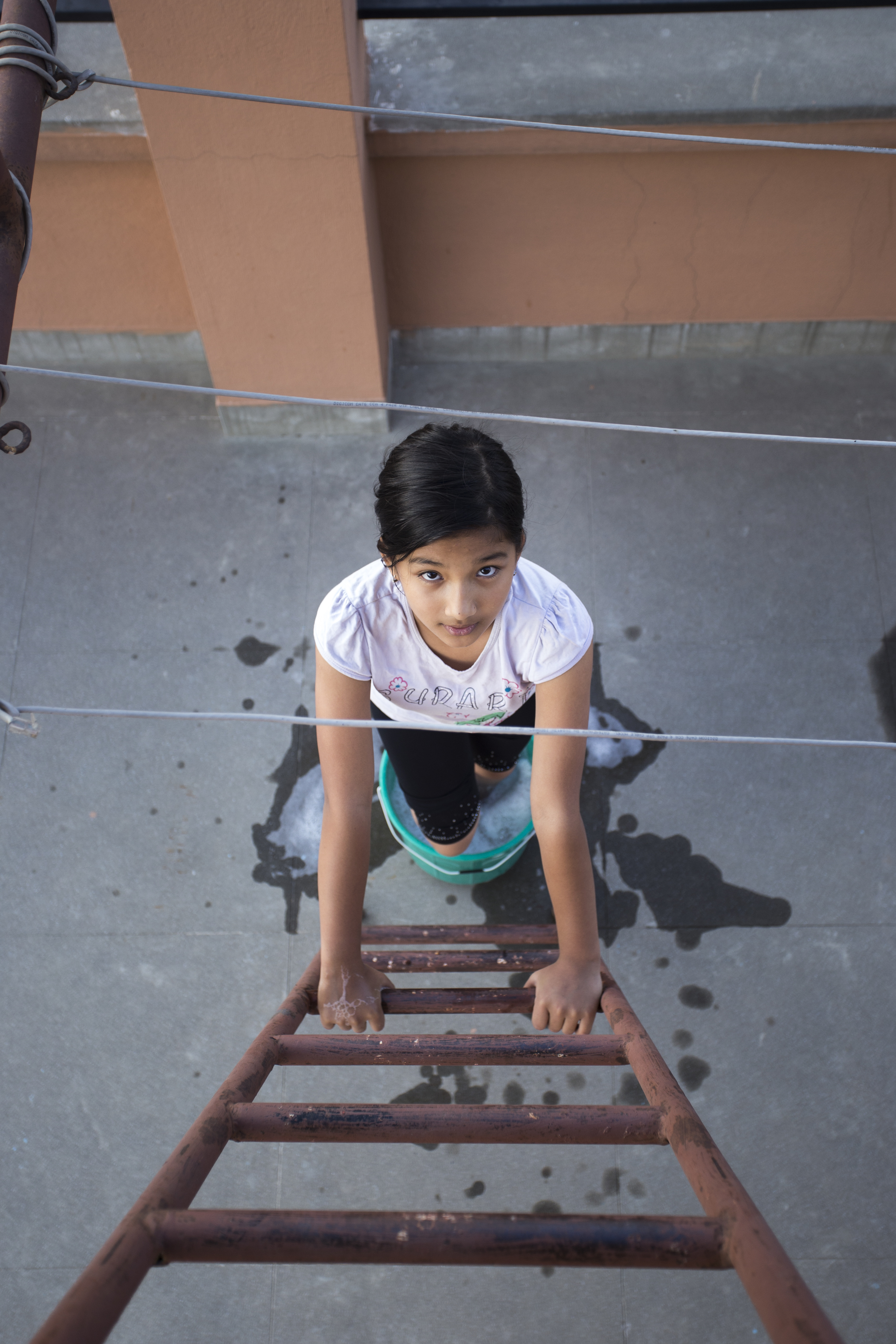
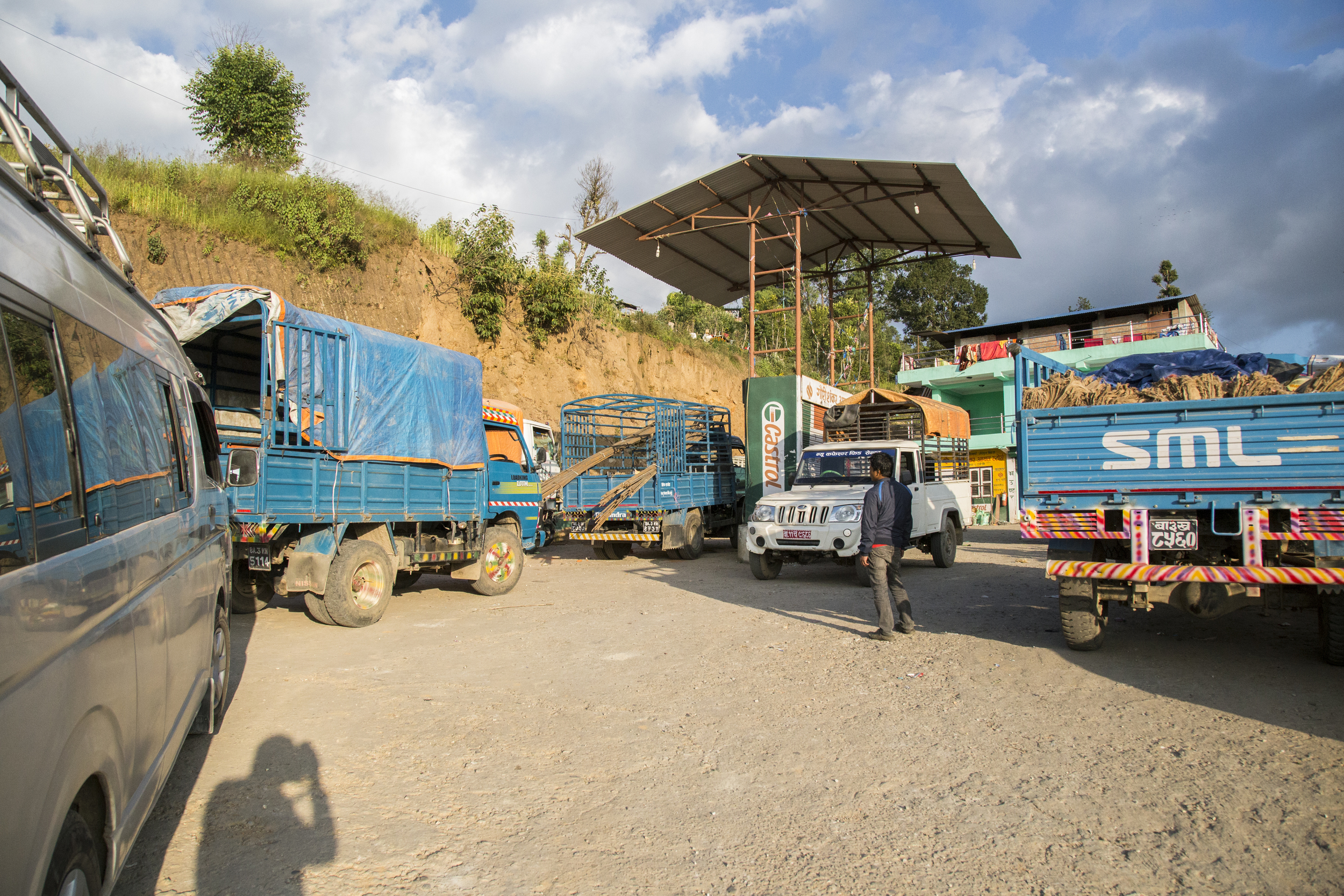
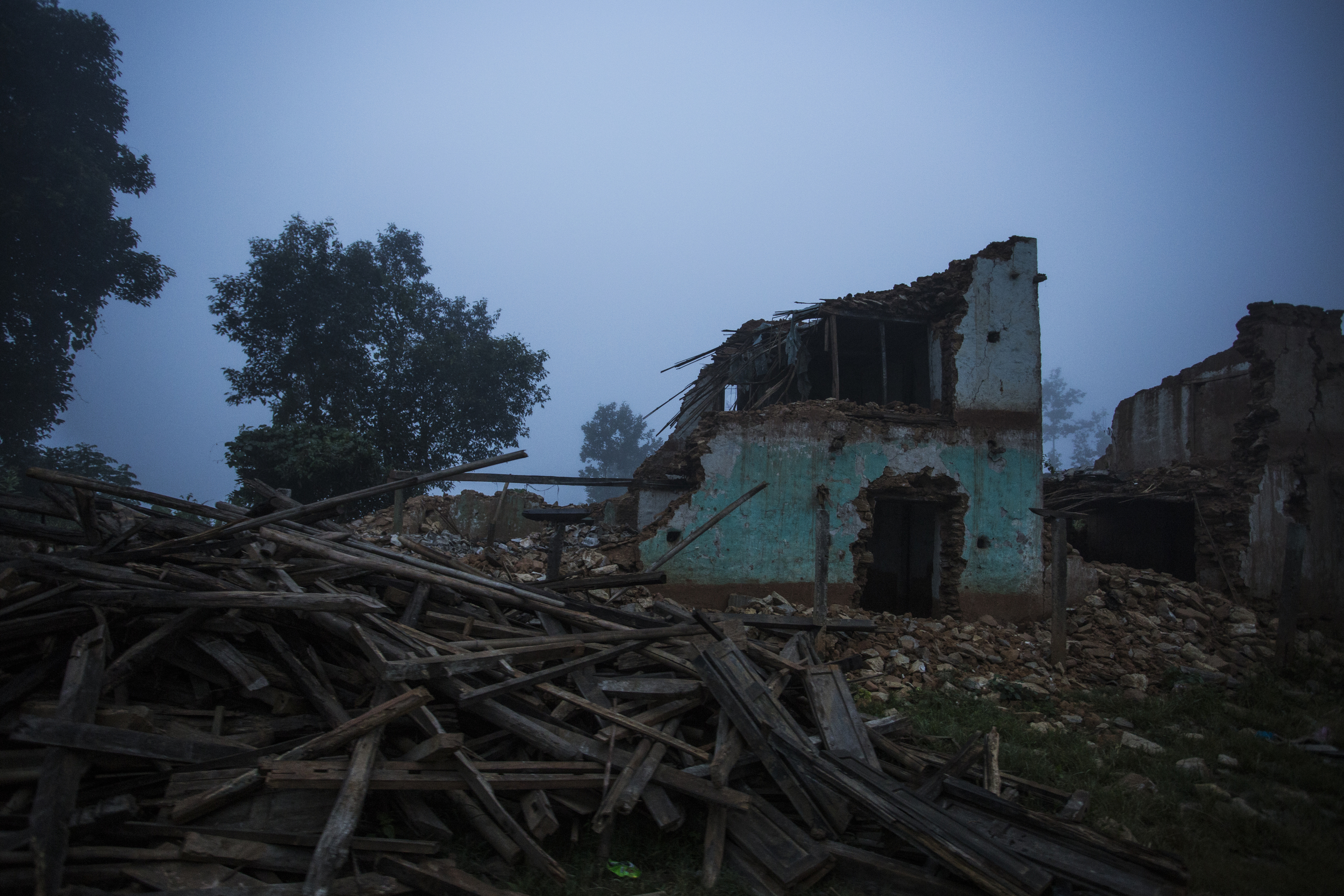


Gear Used:
- Canon 6D/ 24-105L f4/ 17-40L f4/ 50mm f1.4
- Western Digital Passport wireless hardrive
- Jackery Giant Batterey + USB charger for LPE6
- 6+ Spare Batteries of various brands. (I don't recommend this although they worked for me)
- Slik Travel Tripod
There was pretty harsh weight restrictions on bags for international travel. This added another level of stress considering I was going to a far away place, not knowing what I would need and wanting to be prepared for whatever I could encounter. I was allowed a carry on bag and a personal item, each with a limit of 15lbs. I also had two checked bags but those were pretty much restricted to clothes, food, and some things brought for the families we stayed with. I knew I wanted to keep my camera on me at all times so it went in my "personal bag". I have a shoulder bag with a camera divider in it and two large exterior pockets. I kept my camera and lenses in the main compartment and my batteries, memory cards, and hard drive in the exterior pockets. This bag came in under weight so I had a little flexibility with my second bag. With my carry on I used a regular backpack. I kept a spare change of clothes in this bag, another external battery and my Canon f1 film camera with a few rolls of film. (traveling with film internationally can be really difficult) My tripod I shoved in my checked bag under clothes and toiletries. For the most part, having my equipment on me was a good decision. I was't worried about it getting stolen or thrown and crushed in a cargo bay. The unfortunate part about this is that you are carrying all your gear on you. No matter how light you've gotten your bag, the long airport lines, and miles of walking eventually wears on you. (Bring a lot of ibuprofen if you plan to lug gear)
(I used a single shoulder bag because I broke my collarbone previous to the trip and the metal plate hurts when carrying a regular backpack. These hurt your shoulder faster than a backpack over long periods of time)
I had been shooting with a Rebel t3i previous to this trip and was planning on upgrading before I left, so when I starting looking for a camera I knew I wanted something full frame with a good range on the lens and better ISO performance. I already had the 17-40 so I knew my wide end was covered but I didn't have any full frame compatible lenses on the medium to portrait end. So on my budget I thought the 6D with the 24-105 would suit my needs perfectly. It's also pretty light for a full frame camera, not much lighter than others but every bit helps when you are carrying it and lenses for hours at a time.
During the trip I found the 6D to be a solid camera. A lot of people seem to poo poo it for it's auto focus system as something less than a professional camera. I shoot a lot of film cameras with one to no focus points so this wasn't a big deal to me and I shot single point auto focus on the t3i anyway. The RAW files are really good as well as the color and high ISO performance. I'll do a full review eventually, but for this trip it was the best decision I made. I would recommend it for someone in a similar situation and I have heard very good things about the Nikon equivalent to this camera.A lot of people are using the mirrorless systems to save even more weight, but the Canon system is the one I'm most comfortable with. What I needed was a camera that handled low light and color really well, and this did the tick.
As far as the lenses go, the 24-105 had a very good range, and came with the camera at half the price compared to being bought separately. The f4 aperture wasn't too much of a problem for me because the camera handled high ISO so well. Overall it did it's job very well and I was impressed with this "kit" lens. For someone in a similar situation I would definitely recommend this combo. It covers a very good focal range and I basically left it mounted to the camera the whole trip. If you are really worried about the low f stop, you could rent a brighter lens if you can't afford to buy one. For me this worked perfectly and was light and compact enough to travel with. Some people prefer compact primes which is a good option too. I was moving around a lot so changing lenses constantly just wasn't an option. I did however bring a 17-40 and a 50mm which gave me a super wide angle in case I needed it, and a bright lens if the ISO became too much of a problem. So I had all my bases covered for what I needed excluding telephoto.
One thing I was most worried about was batteries. This trip was post earth quake, and they have government controlled electricity besides that. So not knowing wether we would have power or not drove me to figuring out mobile solutions to this issue. What I found worked best was USB battery chargers and external power sources. The brand I used was Jackery but there are plenty others out there. With these you can charge camera batteries, your phone, and the external hard drive I brought. It worked really well when I needed it, although I ended up not needing it very much. The power had been restored, and the house we were staying at had a solar battery when the power from the city wasn't on. This was good but I was glad I was prepared.
I didn't bring my computer on this trip for various reasons. One being that I didn't want to carry it or worry about it getting stolen or damaged. So I needed a way to back up my files. I started looking for travel options. I thought I could transfer them wirelessly from the camera but it is only JPEG files. So I found a wireless hard drive by Western Digital. It has an SD slot that you can set to automagically back up, or you can control it through your phone. It also lets you view your images(jpgs only) I shot jpeg + Raw so that it would store the raw files but let me view the Jpegs. This is one device that I would recommend to anyone traveling and taking pictures. It lets you back up your cards giving you that extra piece of mind on a once in a lifetime trip. I'm sure there are other options but this worked for me.
Aside from the major gear I brought with me, there was a lot of smaller things that I took to make sure I was prepared. Things like a rain cover, extra sd cards, lens clothes, Advil, snacks, and a lot more. Overall I was able to be prepared by really thinking about what I needed with me, and equally as important, what I could leave behind. It made for a really good trip, and I'm happy with the images I was able to make while I was there.
It's important not to get too bogged down with the idea of the perfect equipment. The best equipment is the one that you know the best, or as some people say, what you have on you. I was able to meet a lot of really interesting and inspiring people, to see new places and try new things and I'm incredibly grateful for the experience. The most important thing is to learn from your experience, whatever it is. Try to bring only what you think you will need. Carrying around 50 pounds of gear doesn't make for a good trip.
Me on the far left using the cameras wireless function on my phone.
I am a photographer and content creator from the Bay Area of California.










